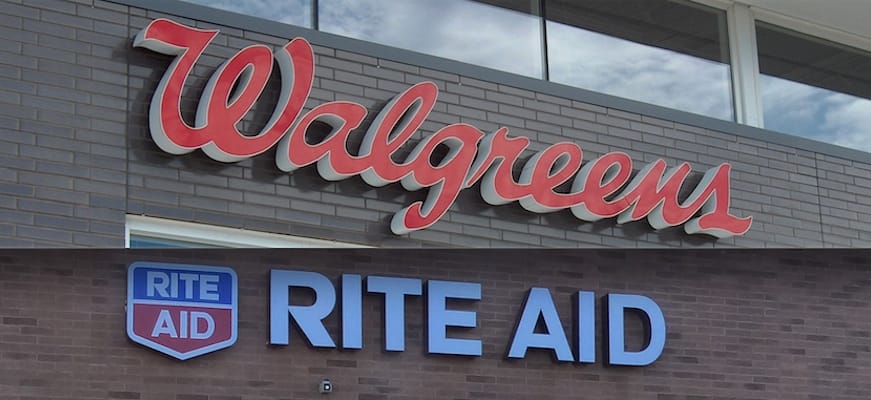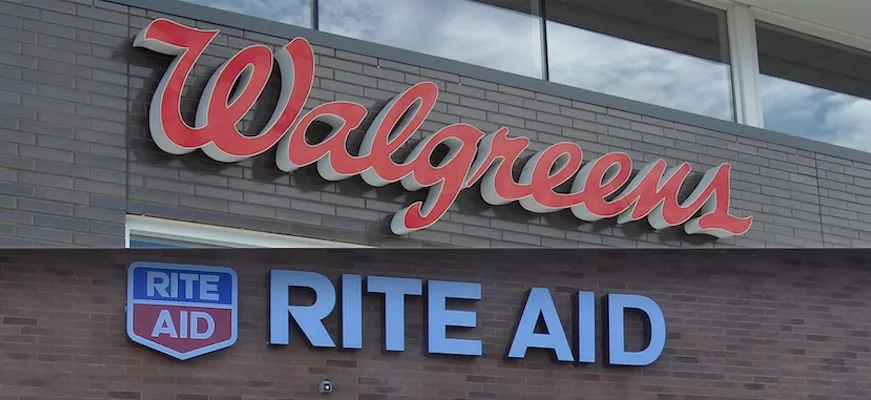
CAMP HILL, Pa. — Rite Aid Corp. stockholders voted overwhelmingly this month to approve the company’s $17.2 billion acquisition by Walgreens Boots Alliance Inc. (WBA).
Some 97% of the votes cast at a special meeting of stockholders were in favor of the deal. A quorum of 72% of Rite Aid’s total outstanding shares of common stock as of December 18 voted.
In a separate item, 89% of votes approved compensation that will or may become payable to Rite Aid executive officers in connection with the merger. The vote was nonbinding.
WBA is paying Rite Aid shareholders $9 per share, for a total of more than $9 billion and representing a premium of 48% to Rite Aid’s closing share price on October 26, the day before the deal was announced. The acquisition agreement includes the assumption of over $7 billion in net debt.
The transaction, which is expected to be completed in the second half of this year, is still subject to the satisfaction of antitrust regulations.
In December, WBA said that it completed $12.8 billion in term loan facilities as part of the financing for the deal. Also that month, the Federal Trade Commission announced that it had requested additional information from WBA and Rite Aid regarding the proposed purchase.
The combination of Walgreens and Rite Aid stands to create the largest U.S. pharmacy retailer, with more than 12,800 stores. Rite Aid, which had fiscal 2015 sales of $26.5 billion, operates about 4,560 stores in 31 states and the District of Columbia. Walgreens has 8,173 drug stores in all 50 states, the District of Columbia, Puerto Rico and the U.S. Virgin Islands.
CVS/pharmacy is currently the nation’s largest chain drug retailer, with more than 9,500 stores. CVS leapfrogged past Walgreens into the No. 1 spot after closing its $1.9 billion purchase of Target Corp.’s pharmacies in December.
Now the focus shifts to the number of stores that WBA will divest to gain regulatory approval for the acquisition. Estimates have varied widely among industry observers.
In a filing last fall with the Securities and Exchange Commission, WBA said the deal allows for up to 1,000 outlets to be closed or sold “if required by regulators.” But the company also said the number will probably be less than 500. Some analysts agreed, putting likely divestments at 400.
Walgreens has said that the addition of Rite Aid will fill gaps in the Northeast and Southern California. The Mid-Atlantic is another area where Rite Aid stands to bring a significant boost in coverage for Walgreens.
At WBA’s annual shareholders meeting last month, executive vice chairman and chief executive officer Stefano Pessina said the purchase “will go a long way to help fill the gaps in our geographical coverage in the U.S. in one step.”
Pessina added that “this deal can be harmonized with the Walgreens business” and promises other benefits to WBA.







